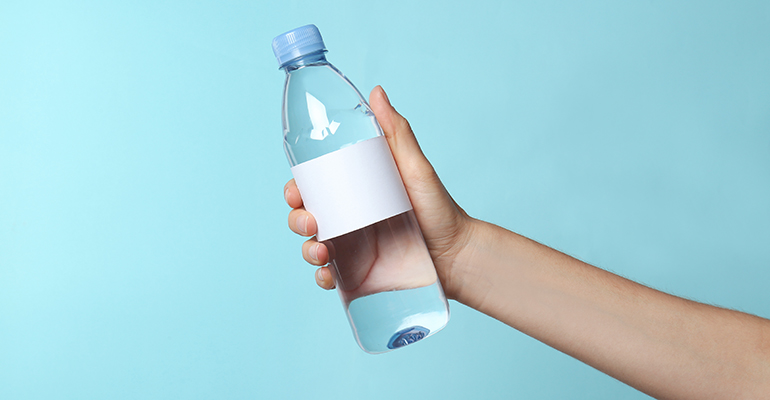Speaking at the Fi Europe Conference Beverages Masterclass in Paris in December, Britvic Technical Manager Cheryl Walker said industry needed to get better at talking with consumers and responding to their concerns. While ‘no additives’ has become an important clean label claim for beverage makers, she suggests it is difficult to define, as additives are ingredients but are often perceived differently.
“There can be some confusion about what additives are, but consumer concern has driven the move to clean label,” Walker said. “…Over the past ten years we have seen more innovation across the soft drinks industry than we have ever seen before. That’s because consumers are more vocal and more attentive to labels.”
However, she added there is a gap between this increased attentiveness to ingredient lists and awareness of additives’ function.
“In my view everything is functional. If it wasn’t, we wouldn’t put it in,” she said. “…Everything is in there for a reason, but we don’t explain that.”
When is an additive an ingredient?
According to the World Health Organisation, additives are “substances that are added to food to maintain or improve the safety, freshness, taste, texture, or appearance of food”. It specifies that they must serve a technological function, such as preserving nutritional quality of the food or enhancing stability.
“When is an additive an ingredient?” Walker asked. “And what about sweeteners: don’t they give a flavour?”
Walker suggests industry could make use of trade associations to help boost understanding of the many important roles that additives play in beverages, but this needs to be a two-way street.
“We need to engage a bit more and ask what we can do to allay consumer concern,” she said. “We need to get together as an industry and talk with our consumers, not at them, but with them. We have an excellent consumer experience team at Britvic which manages hundreds of conversations a day with our consumers. We need to continue doing more of this."
Working with natural colours
For industry, making the switch to more clean-label-friendly additives can bring major hurdles, and working with natural colours is among the most challenging.
“Soft drinks are possibly the most hostile matrix you can put a colour in,” Walker said. “They are generally acidic, they are exposed to light, and they are processed at high temperatures.”

Instability, ringing, sediment, and effects on flavour are among the most common problems, but other than choice of the colouring substance (or colouring food) itself, there are other factors that affect colour – perhaps the most obvious being water quality.
“Water is a major ingredient in our industry and people don’t think about it,” she said. “Put in place water quality parameters as part of product testing to protect product quality. It will pay dividends.”
There is a growing range of technological solutions to common problems associated with natural colours, including blending of colouring substances, or using microencapsulation, but Walker suggests packaging solutions may be among the most effective.
“When you look at a product on shelf, you are not looking at the product on its own. You are looking at it in its packaging and among other products,” she said. “This ought to be considered too.”
And not all beverages will fit the clean label profile.
“There is space for everybody because our consumers are hugely diverse,” she said. “They know what they want.”


